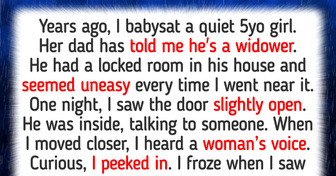I Excluded My Stepson From Our Family Vacation

Have you ever wondered why birds tend to fly in circles? It’s because of thermals. Thermal is like a big bubble of warm air that rises up from the ground. Have you ever flown a kite on a windy day and watched it go up and down? Imagine if the wind was warm instead of cold, and instead of a kite, you were a bird or a glider. So yeah, that warm wind would be a thermal!

Thermals occur when the sun heats up the Earth, and the air close to the ground gets warm and starts to rise. This creates a column of rising air that birds and gliders can ride on to go up into the sky. Just like how you can use the wind to fly a kite, birds can use thermals to soar without flapping their wings too much. They can circle inside the thermal and go higher and higher without using up too much energy.
Those that especially tend to use this “flying in circles” mode are large raptors such as hawks, vultures, and eagles. When these birds circle in the sky, it looks like they are just hanging there, but nope — it’s all about thermals again. It helps them because as they go higher without getting tired, they can look for food more easily or watch out for predators from a good position in the sky. Thermals are important for some other animals that fly too, like insects. You may see lots of birds flying in circles together. Sticking together helps them save even more energy. Some birds, like geese and ducks, tend to fly in a V formation to save their strength. What’s interesting is that all the birds in the flock take turns leading the V! As they fly, the birds at the front get tired, so they fall back, and another bird takes their place as the leader. This way, every bird gets a chance to rest and save energy.
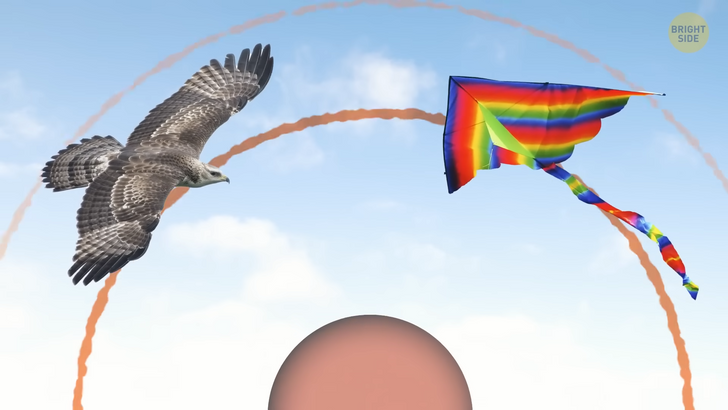
Thermals can also create powerful storms like thunderstorms. And sometimes when you see birds flying in circles or a V shape — it’s because they sense a storm is coming. This happens because bad weather comes hand in hand with low pressure. Low-pressure systems are areas in the atmosphere where the air pressure is lower than the surrounding areas. When the pressure drops, it can cause the air to move and create wind. If there is enough moisture in the air, the low pressure can even cause thunderstorms, heavy rain, or even hurricanes. Migratory birds are often those who use their keen sense of hearing and vision to detect changes in weather conditions. When a storm is approaching, there can be changes in air pressure, wind speed, and temperature, which can affect their behavior. Some other animals have interesting types of behavior when the bad weather is coming too.
Cows and other livestock may huddle together in a group for warmth and protection during a storm. Also, cows are known to lie down in a field before a storm as a way to ease this discomfort. Or at least that may be something you’ve heard. (What have you heard about this herd?) The belief is that cows predict the weather and lie down because they can feel a drop in air pressure that comes with an approaching storm. But science hasn’t confirmed it yet since there’s not enough evidence to support this idea.
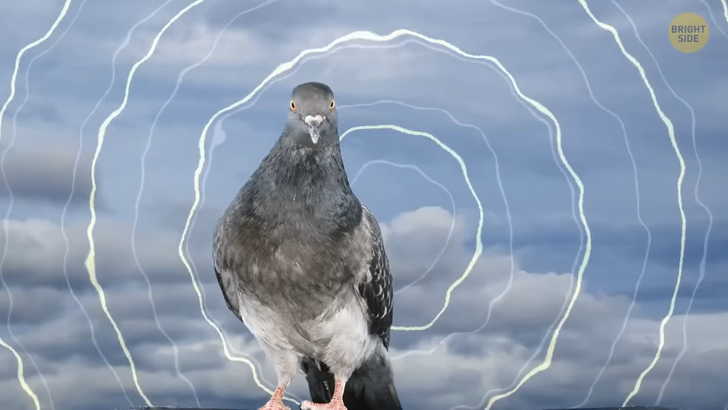
Cows DO like to lie down from time to time, but they do it for a variety of reasons, such as to rest or ruminate. So when you see one lying down, you can’t be sure it’s because bad weather is coming. Different studies showed different results — one found out cows didn’t show any significant changes in behavior before the rain, while another study found that cows stood up more often as the rain was coming. (Apparently, no one has actually asked the cows about this, but the cows aren’t talking, which is why this point is mooooot. )
Amphibians, such as frogs and toads, can give us information about natural phenomena. When you hear frogs croaking louder and longer than usual, it might indicate that a storm is approaching. Frogs are sensitive to changes in humidity and air pressure, and they tend to become more active and vocal just before a storm. And when it comes to toads, research says they might even predict earthquakes. This is because, before an earthquake, there are changes in the chemistry of the ponds where toads live. The shifts in the ground cause these changes, which in turn causes the toads to flee their homes. Scientists believe we should study these patterns to predict earthquakes more accurately. Dogs can sense storms and thunder too. They feel changes in the air pressure in the atmosphere, plus they have a way better sense of hearing and smell than humans.
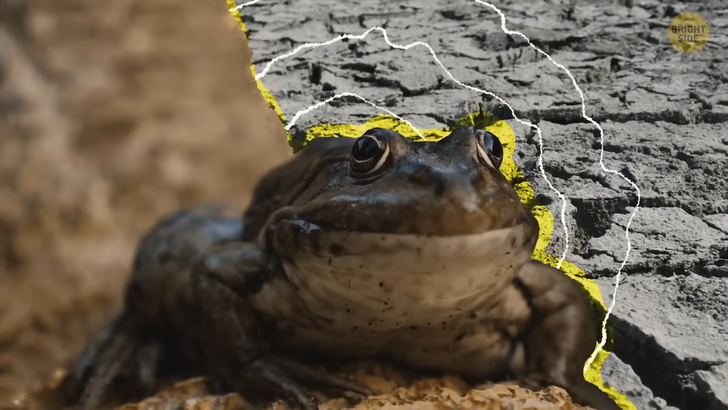
When a storm is approaching, you can spot certain things in their behavior. For instance, they may become more restless or clingy, they may pant excessively or pace back and forth, and they may try to hide in a safe place. This is because dogs can feel the static electricity that builds up in the air before a storm, and they may become anxious or frightened by the loud noises and bright flashes of lightning.
There were stories that dogs can predict earthquakes too, but there’s no firm evidence of that. But who cares, dogs are our heroes even without that! Honeybees can sense changes in pressure and humidity levels as well — so they use this information to predict when a storm is coming. Bees are social insects that live in large groups in hives or colonies. That’s why predicting weather is so important for them — they need to protect their hives and forage for food before the storm hits. So for bees, bad weather may come like a real vacation they’ve wanted for so long — just some chillin’ and eating all the food they gathered before. Just like me in a sense.
Spiders have superpowers when it comes to weather too. Well, they can’t exactly predict the weather, but their behavior can give us a clue about the temperature outside. When it’s going to get colder, spiders might seek shelter indoors. So, if you see many spiders in your home, it could be a sign that colder weather is on the way. You may have heard snakes can predict earthquakes. The legend where this belief started actually dates back to 373 B.C.E. when snakes and other creatures are said to have left the area before a major earthquake in Greece. Cool story, but there’s little firm evidence to support this theory.
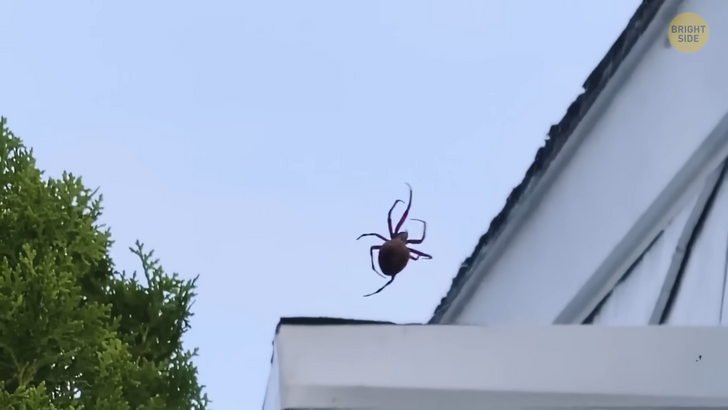
Scientists DO acknowledge that snakes and other animals can sense earthquakes a few seconds before people do because they can feel the initial wave better. But it’s still not clear if they can detect it days in advance. How about sheep and their “sixth sense”? It allows them to predict rain or snow. They huddle together tightly before a storm, which could be a way to keep warm or protect themselves from the weather. But this theory needs to yet be appropriately tested and proven. Baaa!
You will hear wolves howling during big storms as well. Many people think wolves do it when a full moon is outside. But some experts believe the change in air pressure that comes with a big storm may cause discomfort in sensitive canine ears — and this is what makes them howl. But again, it’s hard to tell precisely because wolves howl for many reasons. They do it to signal danger, attract a mate and communicate with their pack. There’s also no evidence the full Moon fascinates them so much that they feel the urge to howl when they see it. But it’s good for the movies though. Sharks have ears sensitive to changes in air and water pressure that usually occur during hurricanes and tropical storms.

Some experts believe they can detect these and quickly dive into deeper waters to stay safe. Studies showed sharks behaved like this many times before storms. Again, no one’s sure 100% about this, but like many other animals, they DO have a special ability to detect changes in their environment and use it to survive and thrive over time.



